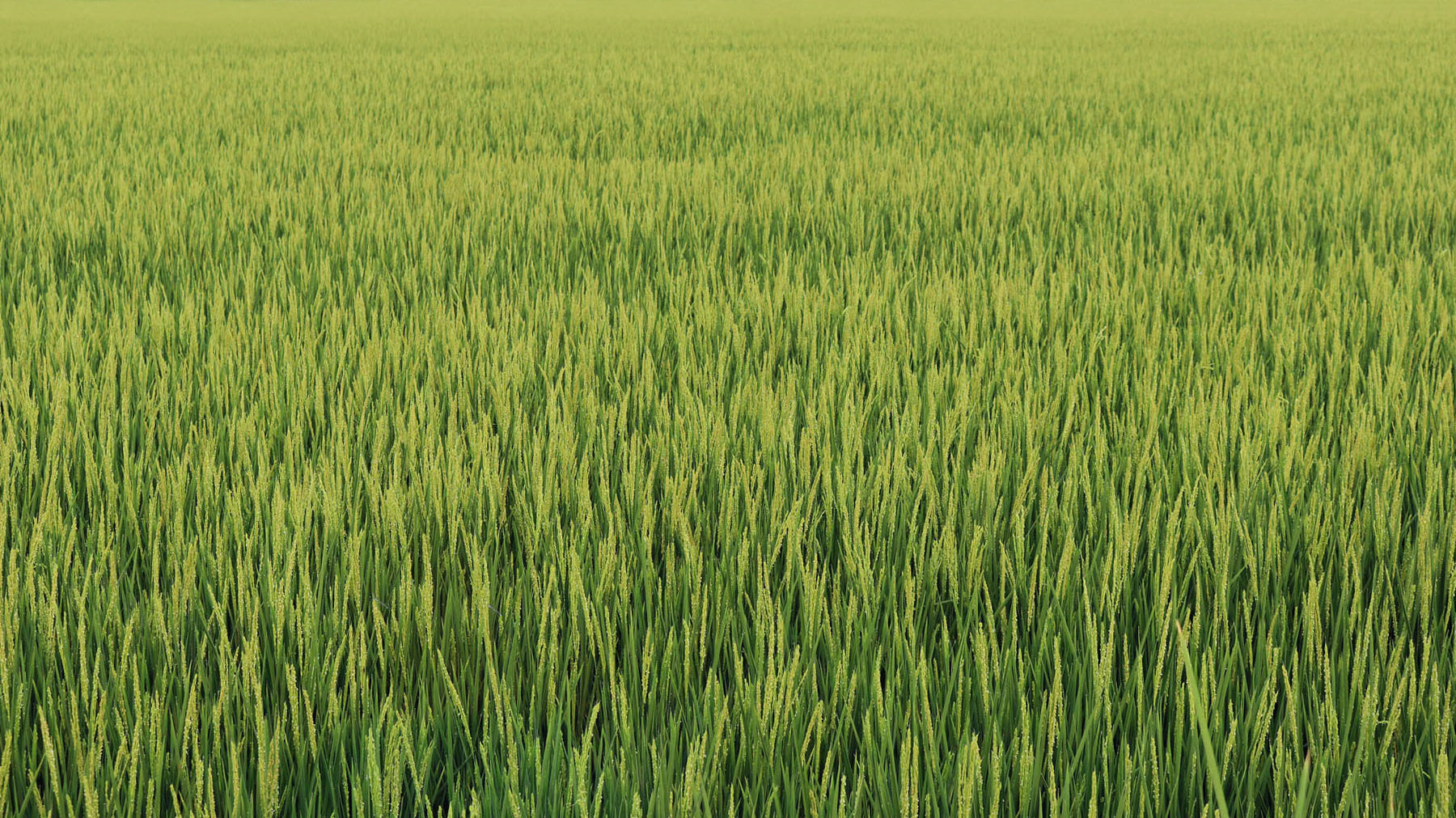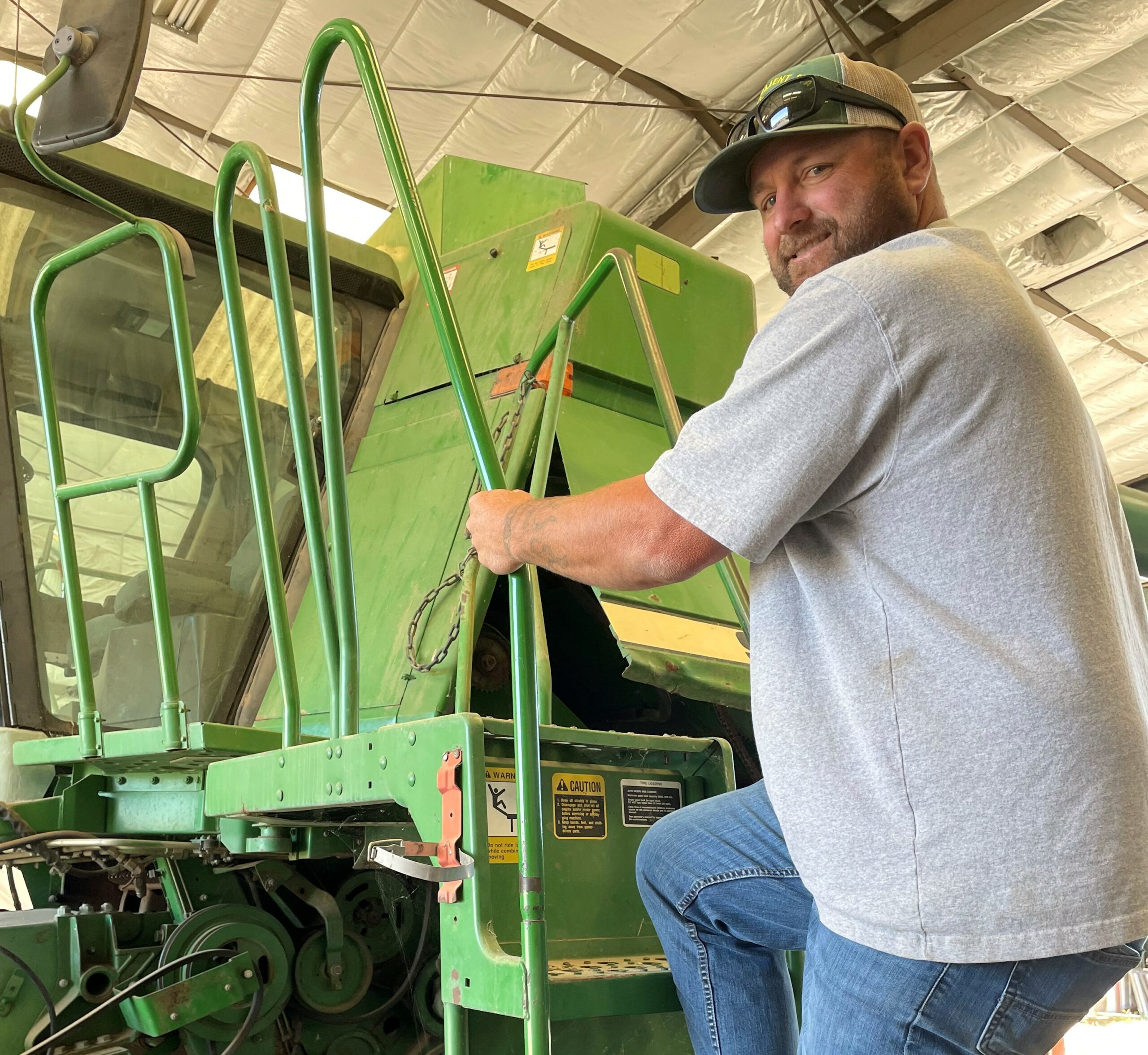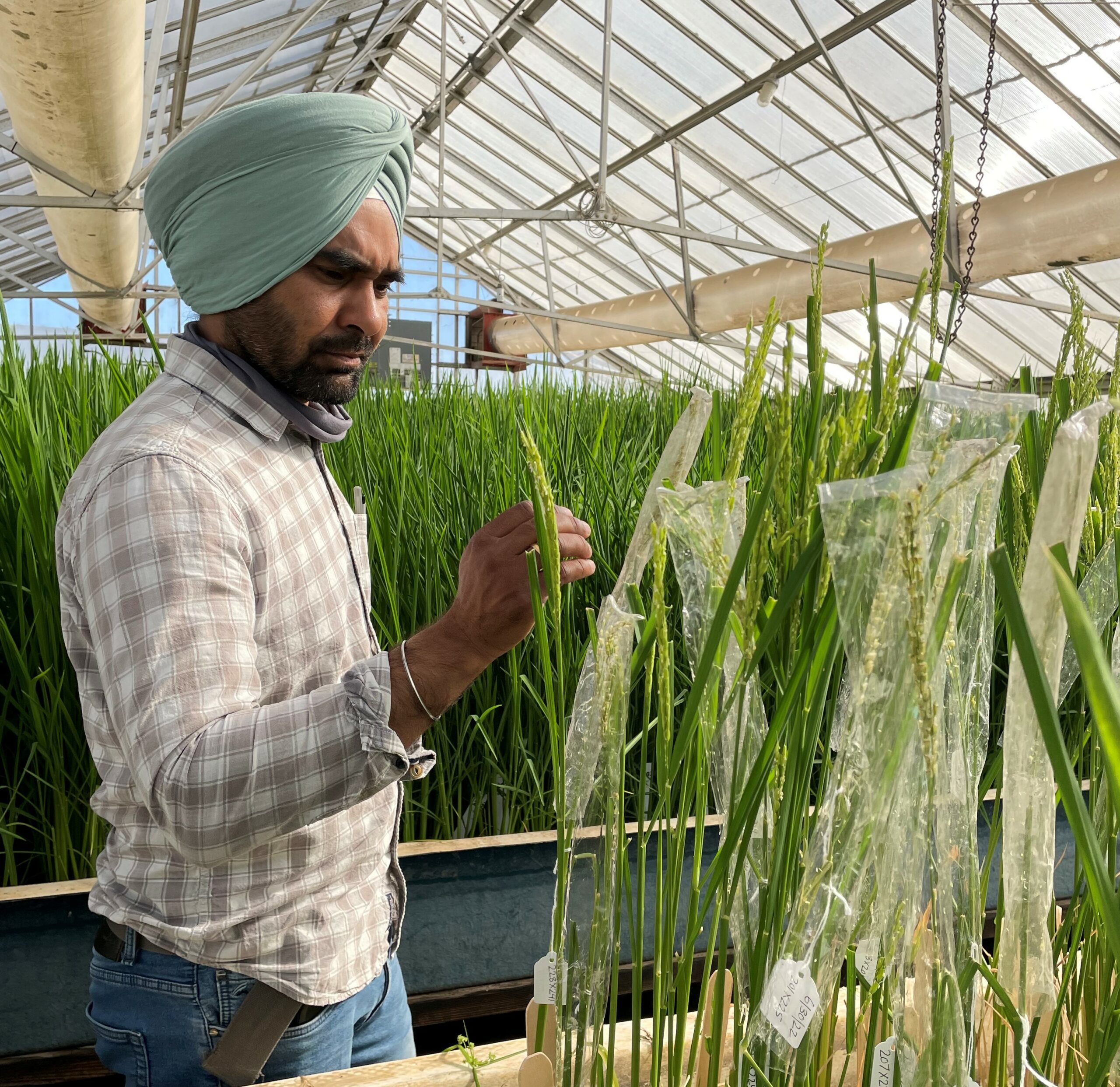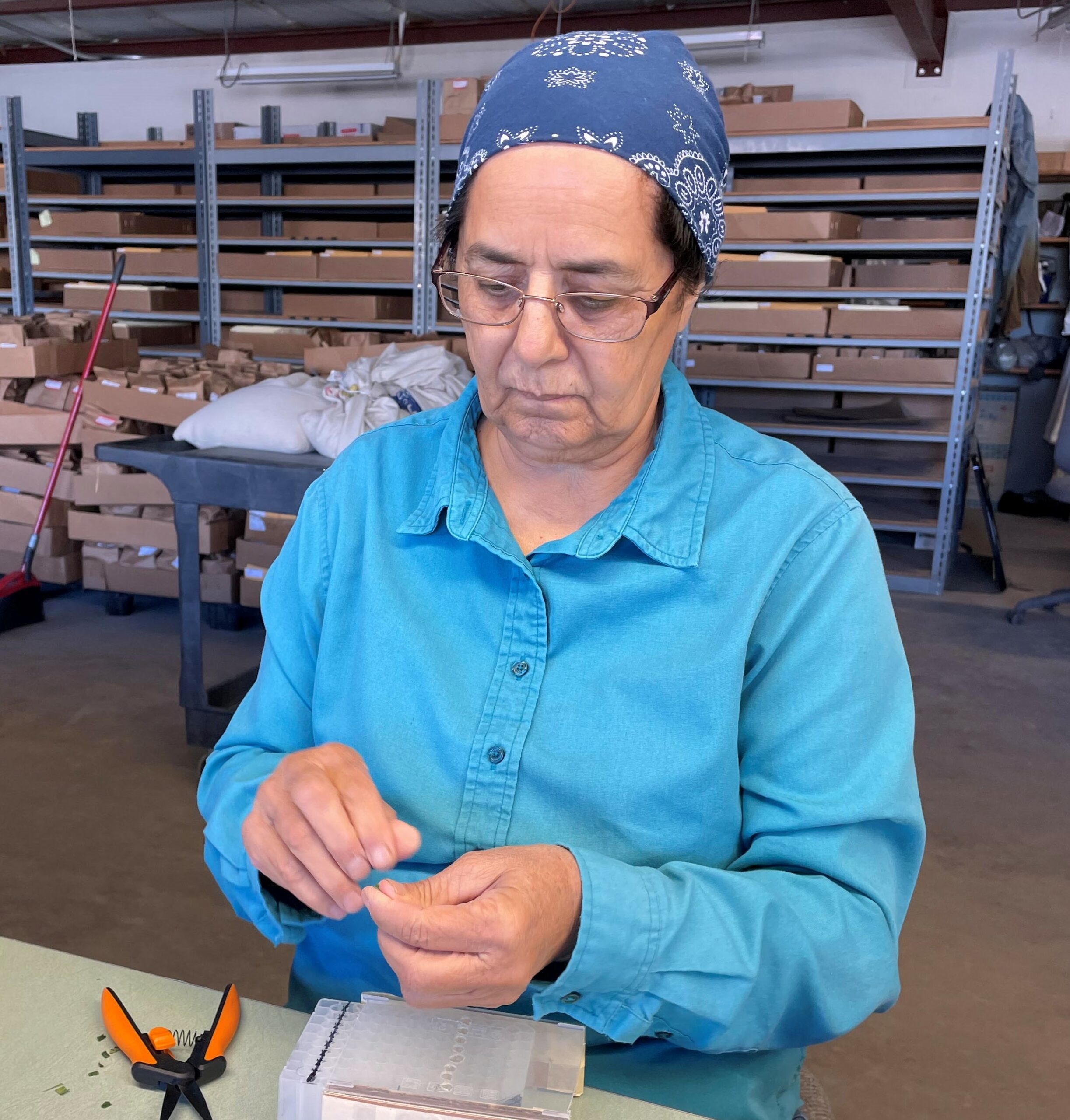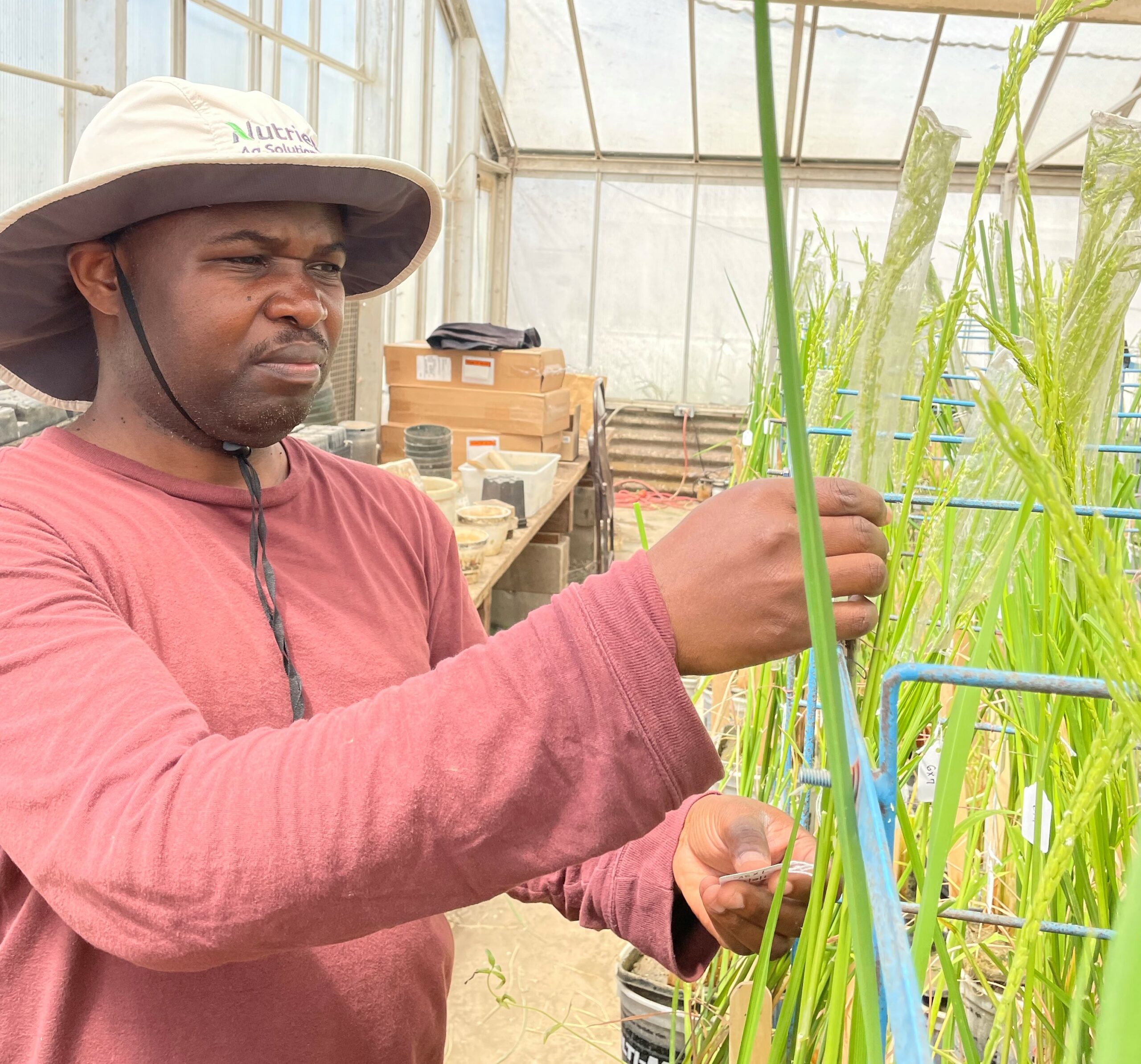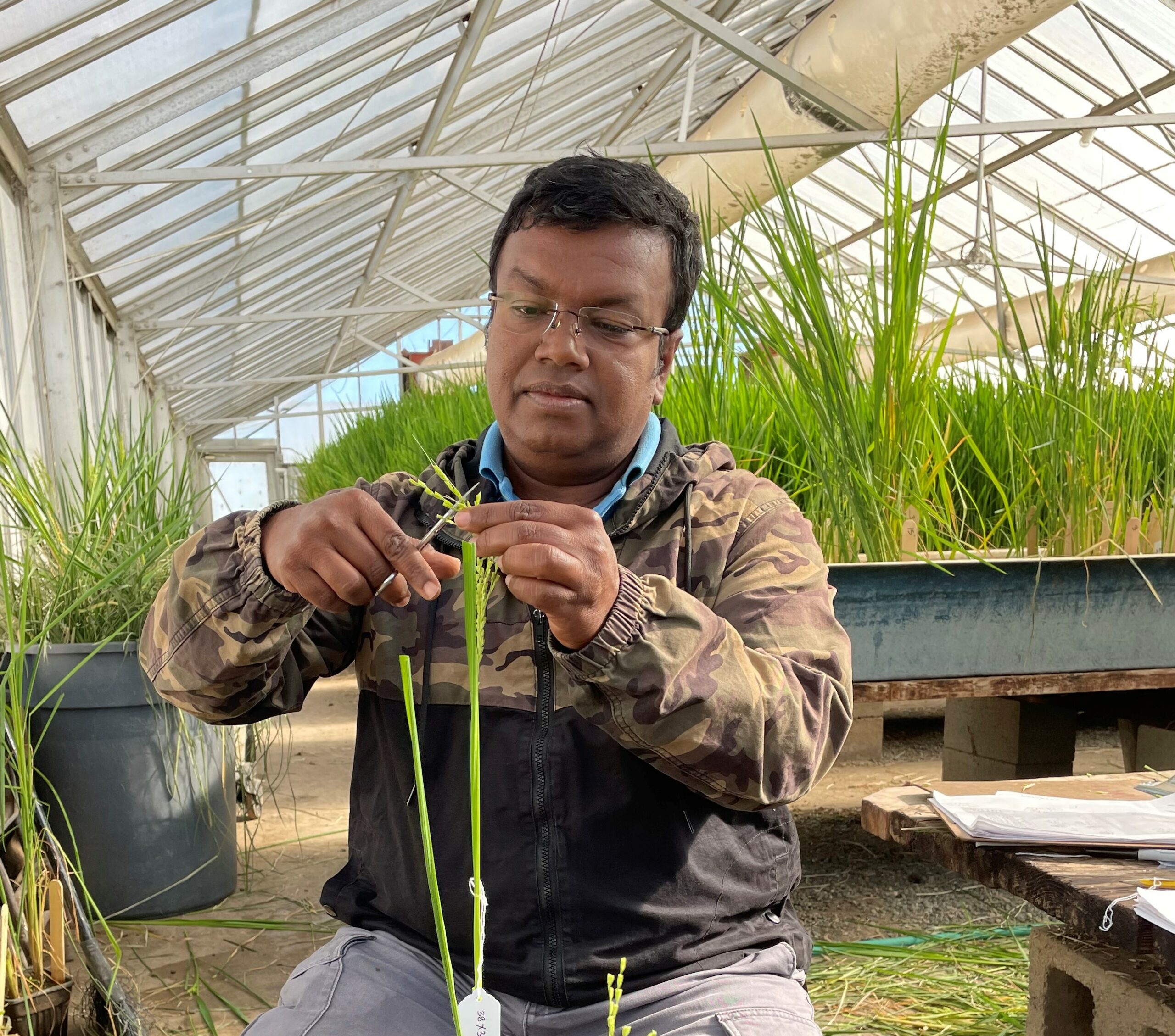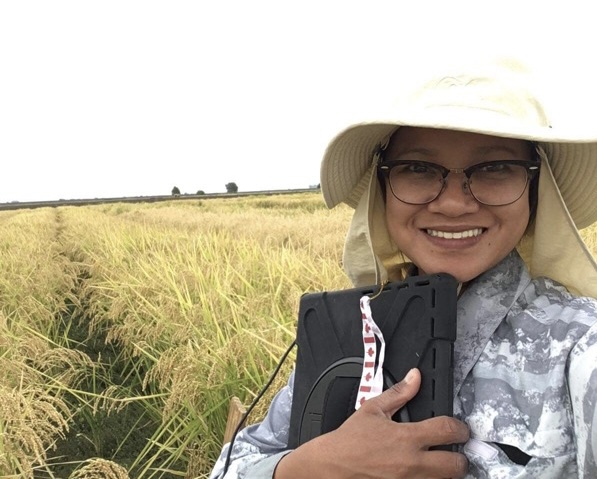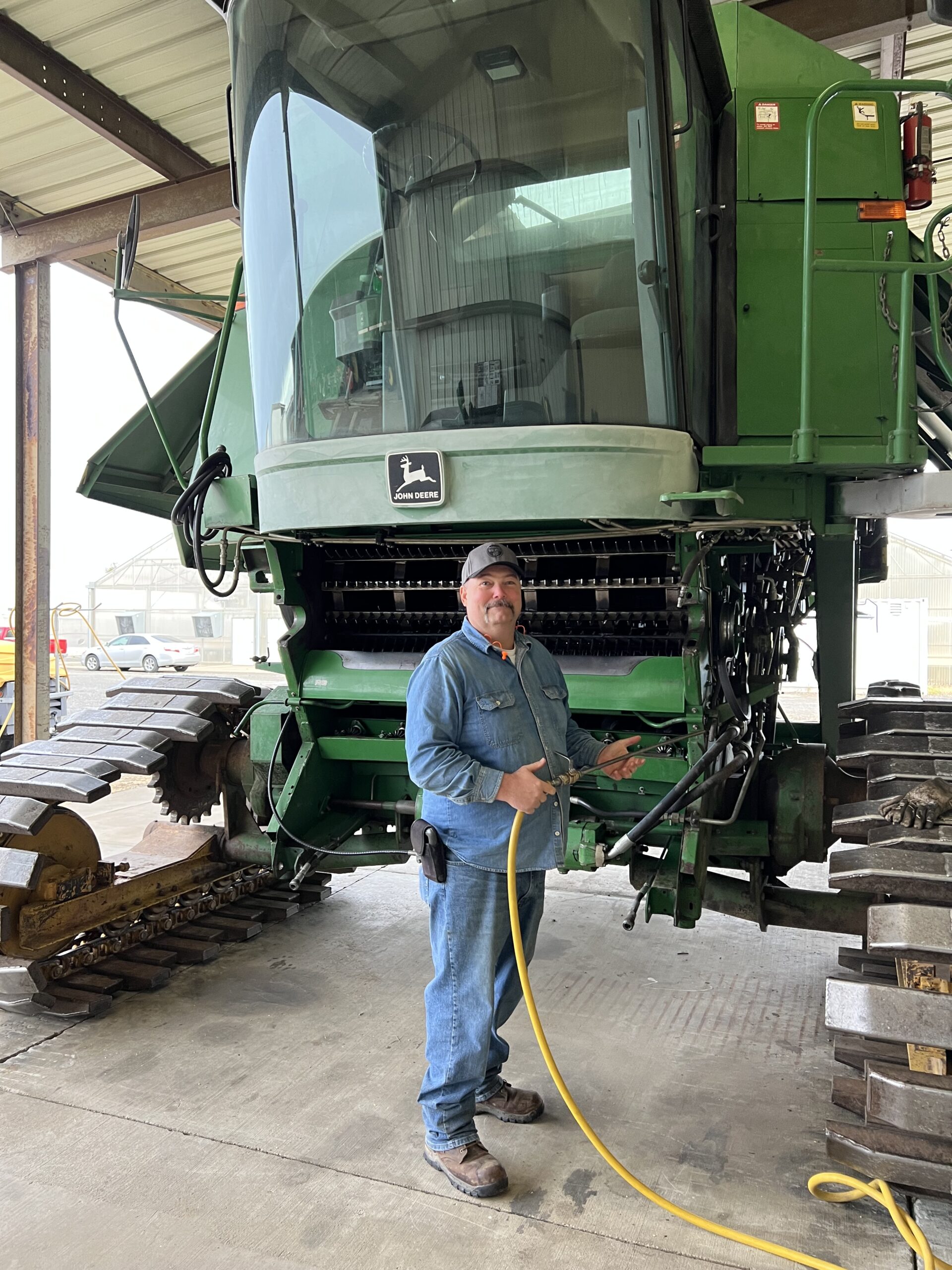Rice Variety Profile for A-202
RES Rice Varieties
Variety: A-202
- Former ID: 11Y1049
- Year: 2014
Introduction
A-202 is an early maturing, semidwarf, smooth hulled (glabrous), aromatic long-grain rice cultivar. It was developed by the California Cooperative Rice Research Foundation, Inc. (CCRRF) at the Rice Experiment Station (RES), Biggs, CA and released to growers in April 2014. A-202 is protected under the US Plant Protection Act, Title 5 (to only be sold as a class of certified seed) as well as a US Plant Utility Patent. A-202 is available exclusively to California rice growers, export of seed is prohibited, and use in genetic or breeding research requires a Material Transfer Agreement.
Pedigree and Breeding
Its pedigree is 94Y39//Jasmine85/Della/3/L-204/95Y442. The female parent is a low amylose soft cooking aromatic, jasmine type selection with experimental designation 03Y551. Developed at RES, 94Y39 is a low amylose non-aromatic long grain and Jasmine 85 is a pubescent low amylose aromatic variety developed by USDA-ARS, Beaumont, Texas. Della is an intermediate amylose, aromatic, tall variety released by LSU Rice Research Station, Crowley, Louisiana. L-204 is an early maturing conventional cooking type variety with distinctive bold grains released by CCRRF in 1996. 95Y442 is a high yielding non-aromatic selection developed at the RES. A-202 was tested in 2012-13 University of California Cooperative Extension (UCCE) statewide tests under the experimental designation 11Y1049. It was released as a replacement for A-301.
Agronomic Characteristics
Table 1 contains a summary of the agronomic data collected in the UCCE Statewide Yield Tests. Seedling vigor score of A-202 is considerably higher than A-301 and slightly lower than A-201. Days to 50% heading is 9 and 4 days earlier than A-301 and A-201, respectively. Both seedling vigor and early maturity are desirable agronomic traits for organic production system. Plant height of A-202 is 5 and 2 inches taller than A-301 and A-201, respectively. Lodging potential is not significantly different from either variety. Susceptibility to cold induced blanking (greenhouse blanking score), is significantly higher than A-201 and same as A-301.
Growers are recommended to bleach treat seed for Bakanae. Reactions to stem rot and aggregate sheath spot pathogens of A-202 are not significantly different from A-201 and A-301. No marked difference in sensitivity to standard rice herbicides from the parent varieties has been observed; however, commercial experience is limited. A-202 is susceptible to the race of blast disease found in California in RES greenhouse tests. However the field resistance of A-202 to blast is not known.
A-202: Agronomic performance in UCCE Statewide Yield Tests 2012-2014
A-202: 2nd table (need title)
Milling and Quality
A-202 has shown higher head rice yield than other aromatic varieties (Table 1). Timely harvest and proper handling is recommended to preserve milling as well as cooking qualities of this variety. Based on milling study results, optimum harvest moisture is 18 to 20 percent. Milled rice kernels of A-202 are distinctly bolder than other long grain varieties and have a higher degree of whiteness than A-301. Compared to A-301, milled kernels of A-202 are slightly shorter and slightly wider resulting in a larger surface area. The weight of 100 kernel of A-202, at 2.26 grams is also higher than other long grain varieties.
Apparent amylose content is 23.8 percent which is within the range of conventional cooking quality types such as A-301 and L-206. Alkali spreading value is intermediate type, RVA amylographic profile is moderate, similar to A-301 and L-206. This is different than A-201 which is considered to have weak amylogram. Aroma volatilization is slightly lower than A-301 and higher than A-201. Flavor sensory of this line, however, is similar to A-301. A-202 was evaluated by 3 marketing organization in 2012 and 2013 for cooking qualities and was considered acceptable.
Area of Adaptation
The performance data collected at the RES and by UCCE indicates A-202 is adapted to warmer areas of the California rice growing region. Greenhouse tests indicate that this line, similar to A-301, is susceptible to cold induced blanking and therefore not adapted to cold locations. Statewide test locations during 2012 and 2013 included the early maturity group, which are located at the RES and Butte, Colusa, and Yuba counties. Commercial production field yields were above 90 cwt/acre in 2014 and 2015. Primary use of this line is for aromatic specialty market as a replacement for A-301. It is also well adapted for organic production systems.
